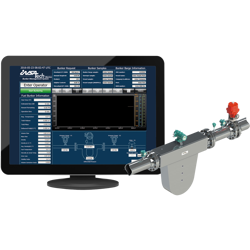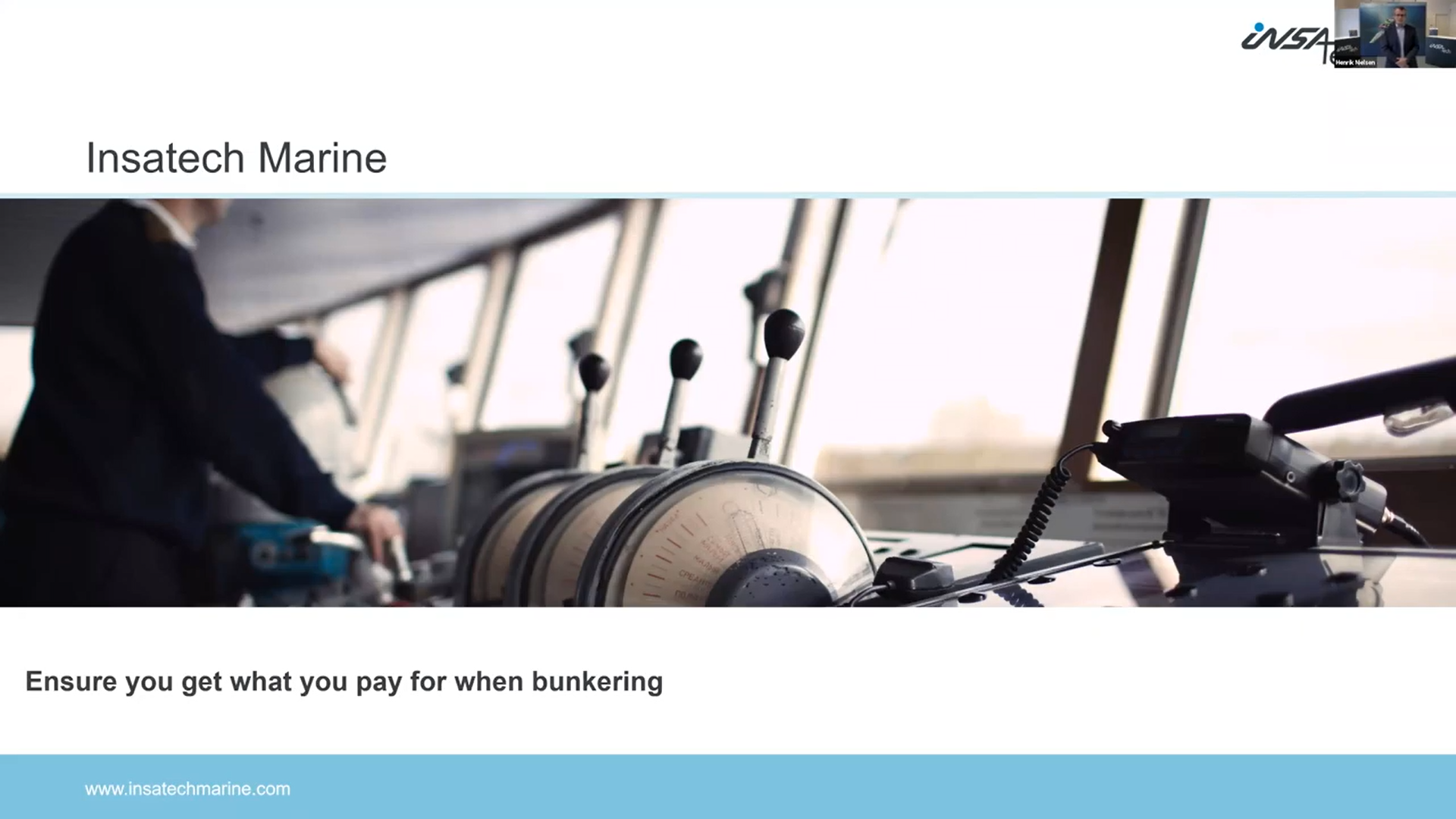The problems that can occur during bunkering
Temperature and air manipulation
As the focus on bunker consumption has risen over the last decade, so has the incentive for bunker delivery services to attempt to actively affect the properties of the delivered fuel. The properties typically manipulated are temperature and air content. By raising the temperature of the marine fuel oil during bunkering, the bunker supplier can increase the volume of the oil, and thereby give the impression of delivering a larger quantity, than what is actually delivered.
The uncertainty of volume-based measurements
It is common practice to determine the amount of bunkered fuel oil by sounding both vessel and barge bunker tanks before and after bunkering and then converting the volume into mass using conversion tables. Measuring bunkered fuel oil in volume but settling in weight causes some uncertainty due to the table based conversion.
If air is introduced into the Heavy Fuel Oil (HFO) bunker stream the volume will also appear to be larger than what is actually delivered. The air can enter the HFO during bunkering through several – intended or unintended – entry points. The most common source is stripping during the changeover from one source tank to another. As long as it has been agreed how long stripping is allowed it is normally not an issue. However, if the bunker fuel supplier intentionally uses the stripping period to increase the volume of the delivered marine fuel oil, it is clearly a manipulation that must be addressed and dealt with.
Air in fuel oil - ”The Cappuccino effect”
Letting air seep into the bunker line and thereby continuously manipulating the volume is known as “the cappuccino effect”. It causes tiny air bubbles to form that are barely visible and therefore very hard to detect during for example sounding.
Common for both stripping and the cappuccino effect is that the fuel oil will stay aerated for several days or even weeks. This means the manipulation is not detected in time, disputing it is not an option, as claims should normally be made within 48 hours after the first bunkering.
Measure mass directly to combat the problem
The clear advantage of the Bunker Management System is that it utilizes a mass flow meter instead of a volumetric flow meter. This means the mass flow is measured directly, and is therefore not influenced by air entrained in the oil. Furthermore, the system takes the differential pressure across the flow meter and media temperature into account, ensuring entrained air detection automatically, bunker operation stability and logging.
By understanding the bunker operation and the factors that influence it, as well as applying precise, trustworthy instrumentation and equipment, you will put yourself in the optimum position when bunkering!







